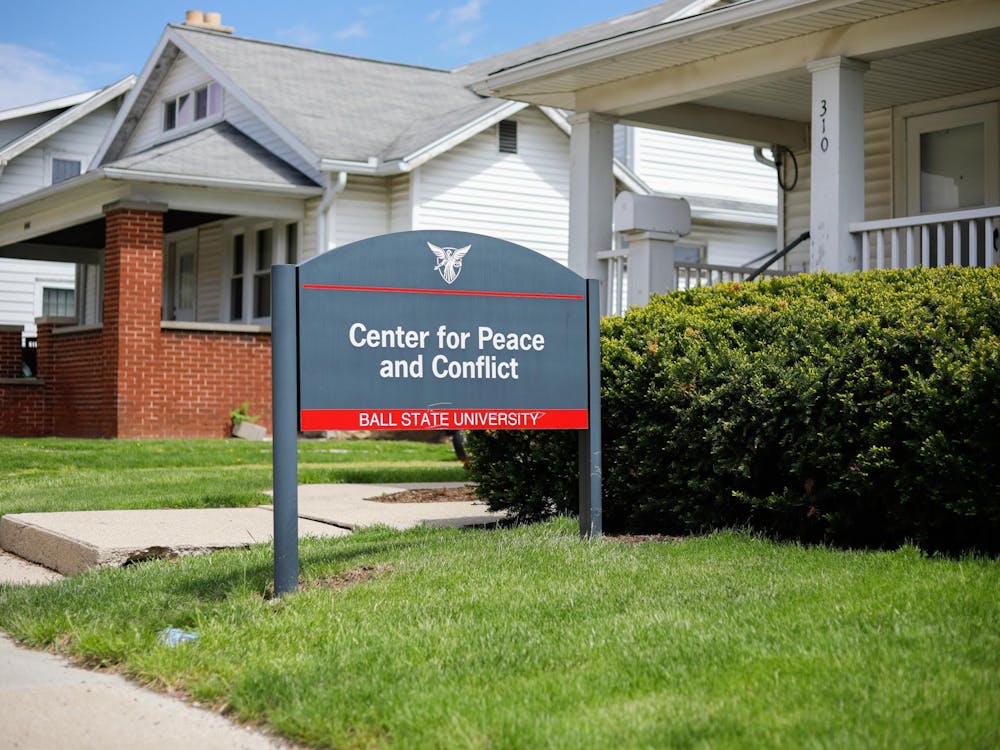Open enrollment into Ball State’s health care plan for faculty and staff ends Nov. 21, but, despite university outreach efforts, people may not have educated themselves about the details of the options available.
“You don’t know when you are going to get sick, so you don’t know what kind of charges are going to be applied to you,” said Cecil Bohanon, a professor of economics. “I haven’t looked at [the plans] too much. I think that would be typical because most people don’t.
“You kind of just go to the doctor and hope the insurance picks up most of it, and you just pay whatever is left," Bohanon said. "Just hold your breath and hope it gets paid for.”
Ball State's 2015 health care plans will cost between $9 and $61 per month more than last year. Increasingly, the focus is more on preventative care, and that's beneficial, said Bohanan and other health care experts.
But Erik Nesson, a health economist at Ball State, said people don’t necessarily make the best decisions when it comes to health care.
“There is some research out there that consumers don’t perfectly understand all of their consumer options," Nesson said. "But, from my experience, Ball State does a good job explaining its options to its employees.”
The university’s payroll and employee benefits office has been conducting outreach to faculty through mailings, meetings, webinars and other online resources, said Marie Williams, associate vice president for human resources and administrative services.
Understanding health care has been an on-going issue on a national level.
In a Ball State study released by Jagdish Khubchandani, an associate professor of community health education, more and more Hoosiers are supporting the Affordable Care Act, commonly known as “Obamacare.”
In 2010, 36 percent of Hoosiers approved of the health care reform. In 2012, that number was 44 percent. This change is attributed to the increased emphasis on preventative care, Khubchandani said.
“People’s general impression has improved because they have been educated on it and the options of preventative care,” he said. “The one thing that impresses [people] the most about the changes at Ball State is they are trying to cover preventative service.”
In 2010, 59 percent of eligible U.S. adults were up-to-date with colorectal cancer screenings. The national goal was more than 70 percent, according to a national center for biotechnology information study.
With the mandated coverage from the Affordable Care Act, 100 percent is possible, Khubchandani said.
Even though some people might not sit down and look at their plans right away, not everybody is perfect, he added.
Educating people about their health care options will be a time-consuming process, he said, “but hopefully in the next two years people will have more preventative and healthy lifestyles.”





